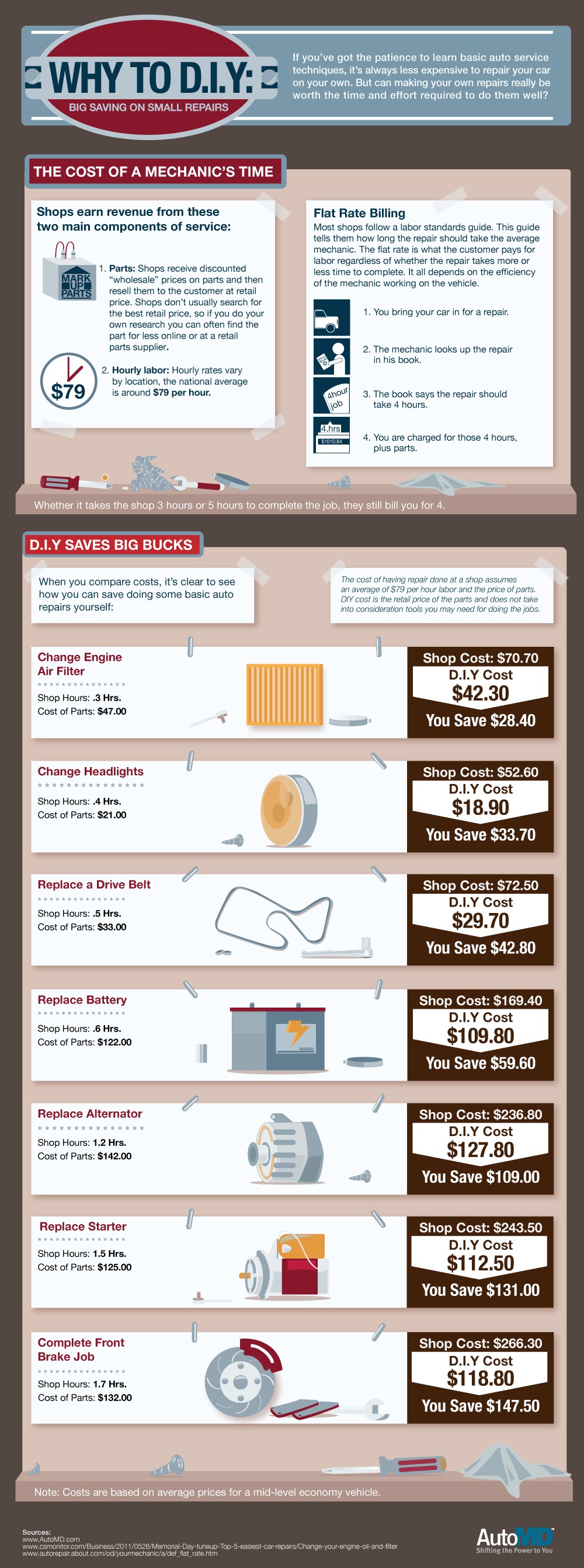Wondering Concerning The Definition Behind Those Dashboard Caution Lights? Gain Insights Right Into Their Effects For Your Vehicle'S Safety And Upkeep
Wondering Concerning The Definition Behind Those Dashboard Caution Lights? Gain Insights Right Into Their Effects For Your Vehicle'S Safety And Upkeep
Blog Article
Article By-Vinson Dalgaard
When you're behind the wheel, those glowing caution lights on your control panel can be a little bit puzzling. Do you know what they're trying to inform you regarding your automobile's wellness? Comprehending the importance of these lights is vital for your safety and security and the long life of your car. So, the next time among those lights turns up, wouldn't you intend to analyze its message precisely and take the needed actions to address it?
Common Warning Lighting and Interpretations
Identify usual warning lights in your vehicle and recognize their definitions to guarantee secure driving.
The most common warning lights consist of the check engine light, which signifies issues with the engine or discharges system. If this light comes on, it's critical to have your car inspected without delay.
The oil pressure advising light shows reduced oil stress, requiring prompt attention to avoid engine damages.
A blinking battery light may suggest a malfunctioning charging system, possibly leaving you stranded if not attended to.
The tire stress monitoring system (TPMS) light signals you to low tire stress, influencing vehicle security and fuel performance. Disregarding this can result in risky driving conditions.
The ABS light shows a problem with the anti-lock braking system, compromising your ability to quit rapidly in emergencies.
Finally, the coolant temperature level advising light warns of engine getting too hot, which can cause extreme damage if not solved promptly.
Understanding https://andreswqlez.nizarblog.com/32255370/the-convenience-of-mobile-auto-outlining-changes-your-lorry-s-appearance-yet-is-it-as-efficient-as-standard-methods-discover-the-fact-behind-this-solution will certainly help you address issues promptly and keep safe driving problems.
Significance of Prompt Focus
Understanding the common caution lights in your vehicle is just the first step; the importance of without delay dealing with these warnings can not be highlighted enough to ensure your safety and security on the road.
When a caution light illuminates on your control panel, it's your auto's way of connecting a potential problem that requires attention. Disregarding these cautions can cause much more serious issues down the road, compromising your safety and security and possibly costing you more out of commission.
Motivate interest to alerting lights can stop break downs and accidents. For example, a blinking check engine light could indicate a misfire that, if left neglected, might create damages to the catalytic converter. Addressing this immediately can save you from a costly repair service.
Likewise, a brake system warning light could signal low brake fluid or worn brake pads, important elements for your safety and security when driving.
DIY Troubleshooting Tips
If you see a caution light on your control panel, there are a few do it yourself fixing ideas you can attempt before looking for expert aid.
The initial step is to consult your vehicle's handbook to comprehend what the details warning light indicates. Occasionally the problem can be as straightforward as a loose gas cap triggering the check engine light. Tightening the gas cap might solve the problem.
An additional common issue is a low battery, which can cause numerous alerting lights. Checking the battery links for corrosion and ensuring they're secure could repair the problem.
If a caution light persists, you can attempt resetting it by disconnecting the cars and truck's battery for a couple of mins and afterwards reconnecting it. Additionally, examining your car's liquid degrees, such as oil, coolant, and brake fluid, can assist fix cautioning lights connected to these systems.
Final thought
In conclusion, recognizing your car's caution lights is vital for maintaining your automobile running smoothly and safely. By promptly resolving these alerts and understanding what they imply, you can avoid costly repair services and prospective failures.
Keep in mind to consult your vehicle's handbook for specific information on each cautioning light and take action accordingly to make certain a trouble-free driving experience.
Keep informed, stay secure on the road!
